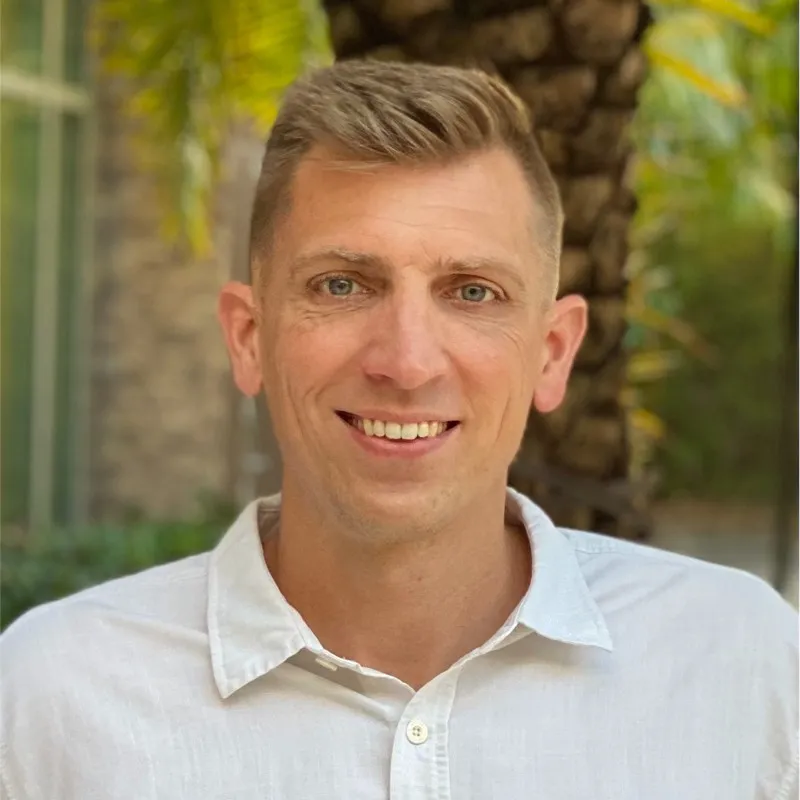Pat Keady sells Aerosol Devices with plans to enjoy Colorado’s outdoors

When Pat Keady’s company Aerosol Devices Inc. suddenly started growing fast, she figured it was time to hand it over to let it grow even more, especially since she’d reached retirement age.
“Because we have such potential and grown so fast, it really needed other people to be able to take it to the next growth stage,” said Keady, former CEO and president of Aerosol Devices, who co-founded and previously co-owned the company with Suzanne Hering. “We’re not going to be able to do it on our own. We need younger blood, more energy and people to take it to the…
THIS ARTICLE IS FOR SUBSCRIBERS ONLY
Continue reading for less than $3 per week!
Get a month of award-winning local business news, trends and insights
Access award-winning content today!




